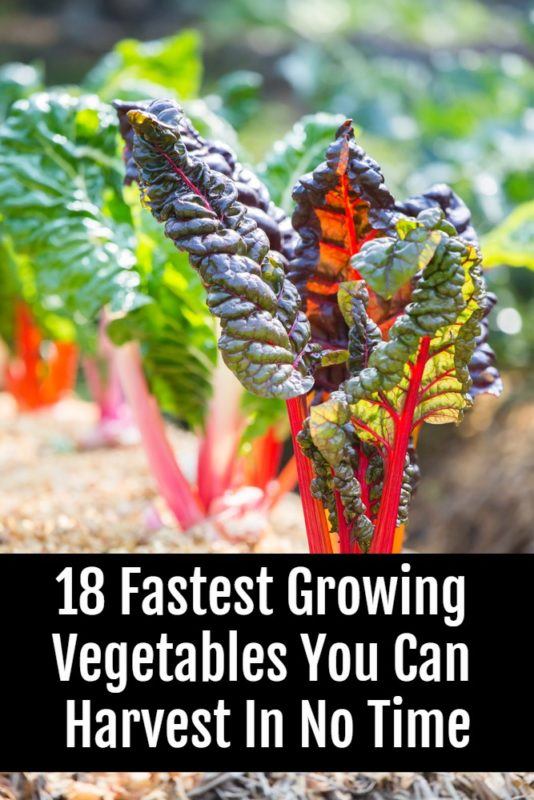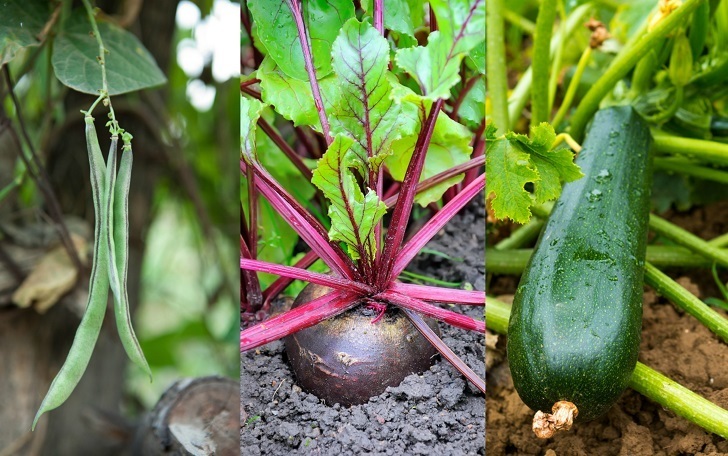
Just because vegetable gardening is usually an exercise in patience doesn’t mean you can’t grow fast food.
For all the keen and restless gardeners out there who can’t stand the long wait for fresh produce, we’ve gathered up some of the fastest growing foods for you to enjoy on the quick.
1. Sunflower Shoots – 12 Days
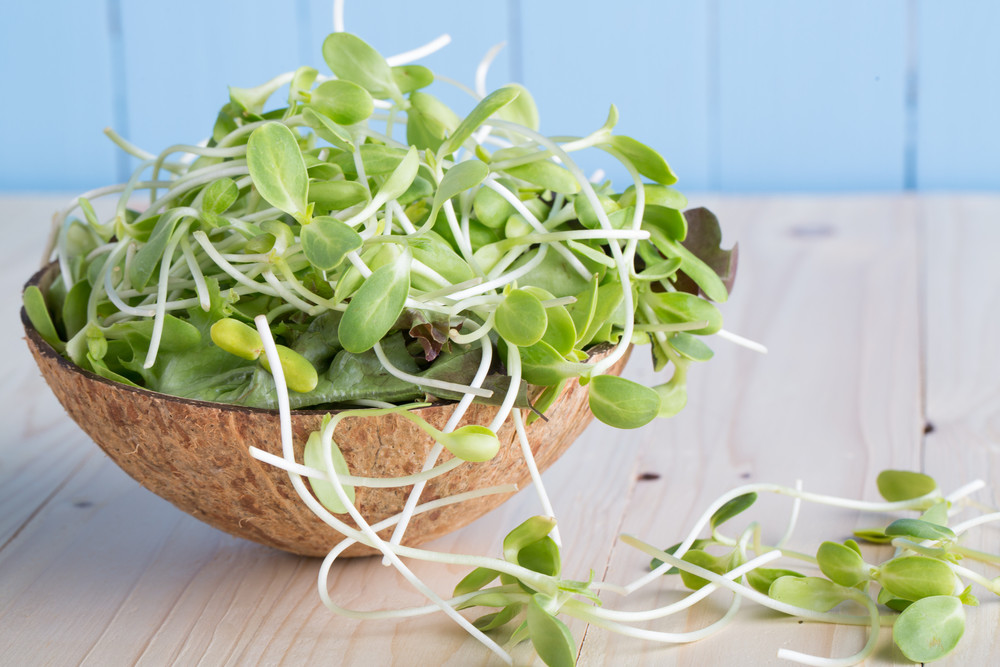
The product of extremely immature sunflowers, sunflower shoots (or sunflower greens or sunflower sprouts) may be tiny but they sure pack a wallop in terms of nutrition!
Harvest by cutting the stems once they have two leaves, but before they show their “true leaves” because sunflower shoots become bitter as they age.
2. Garden Cress – 14 Days
Ready to harvest in as little as two weeks, garden cress can be planted in early spring – as soon as the soil can be worked. Also a garden space-saver, a small (1 or 2 feet square) patch of cress will supply you will an abundance of this tangy herb.
3. Radishes – 21 Days
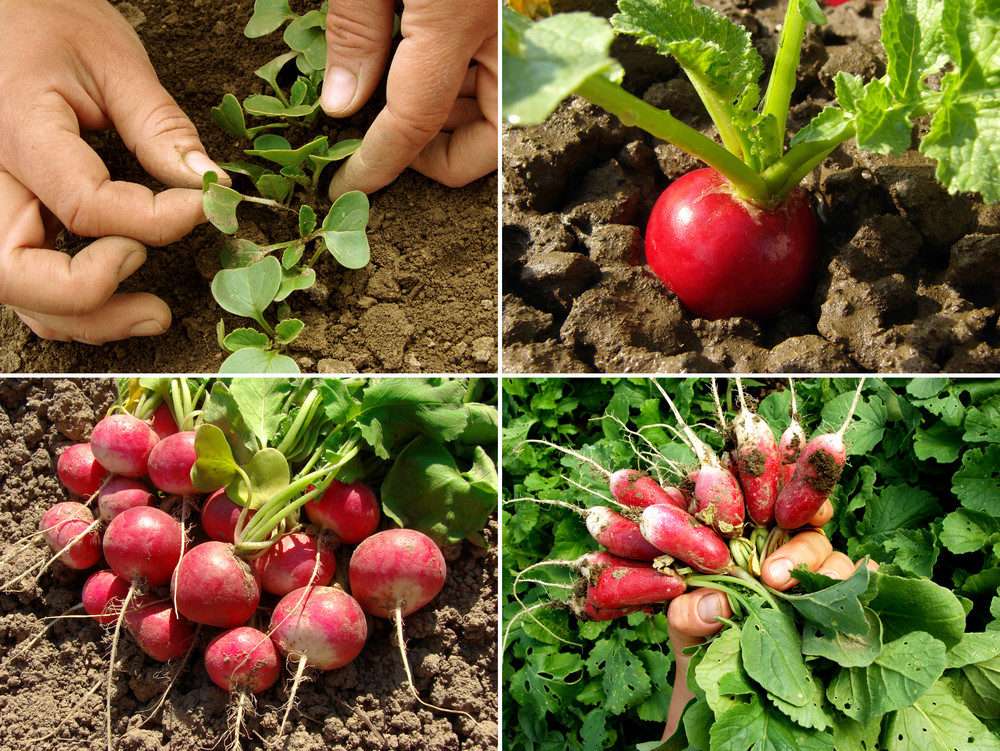
A cool season crop, spring radishes grow best in 50?F to 65?F weather. Once sown, you’ll see leafy green shoots above the soil in just three or four days. Keep planting seeds every week or two for a constant harvest through spring and autumn.
4. Green Onions – 21 Days
Also called scallions, green onions are quick-growing plants that can be cut back to their base again and again throughout the season. Once their green shoots reach a height of 6 inches, they are ready for the first round of harvesting.
5. Tatsoi – 25 Days
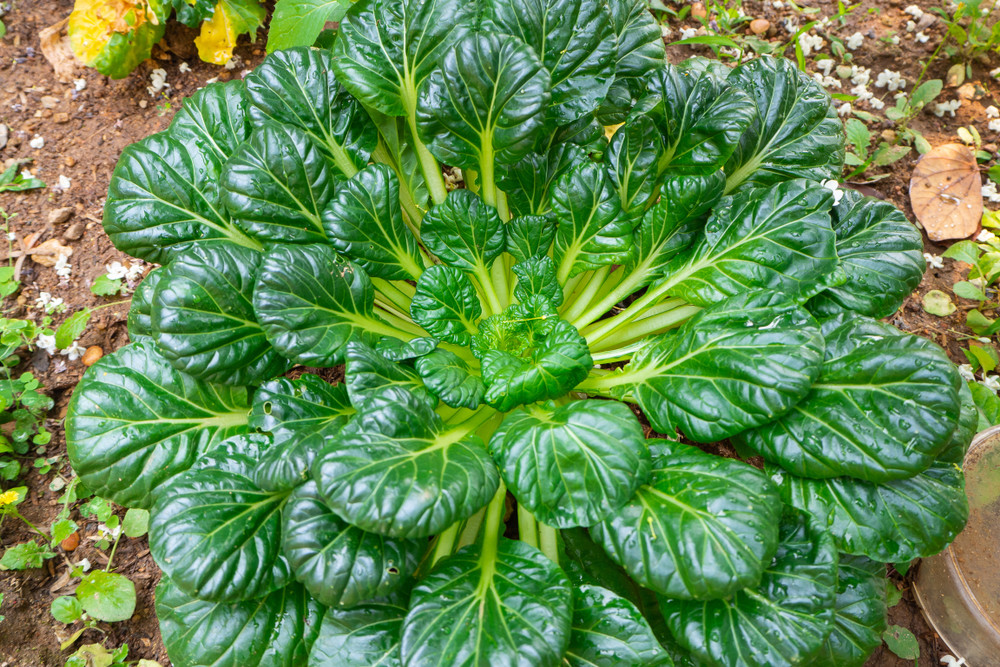
A low-growing mustard green, tatsoi (pronounced “taht-SOY”) is a wonderful addition to salads and soups.
Baby tatsoi leaves can be harvested when they reach 4 inches in length, or you can wait the full 40 days for tatsoi to mature to full size.
6. Lettuce – 30 Days
Another cool-weather vegetable that prefers temperatures between 60?F and 70?F, lettuce seeds should be sown in early spring and late summer.
Of the five types of lettuce – loose-leaf, cos, crisphead, butterhead, and stem – leaf lettuce varieties like green leaf and red leaf are among the easiest to cultivate and are more tolerant of hot weather.
Planting new seeds every 14 days will provide a continuous harvest.
7. Spinach – 30 Days
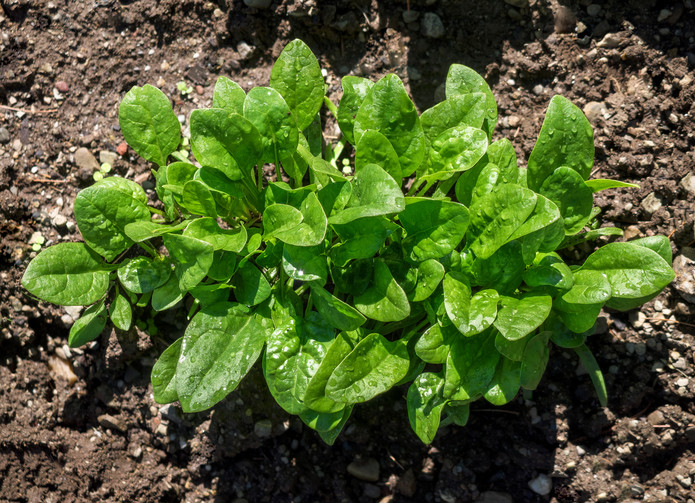
Able to survive in temperatures as low as 15?F, spinach is a cold hardy vegetable that can be planted as soon as the ground thaws. Pluck outer spinach leaves from the plant as it grows or re-sow seeds every two weeks for successive harvests.
Don’t wait too long to gather spinach because its leaves will become bitter once the plant reaches maturity.
8. Arugula – 30 Days
Since arugula seeds germinate well in cooler soil, they can be planted as soon as the garden bed can be worked after the spring thaw. Sow seeds every two to three weeks for continuous harvesting.
9. Kale – 30 Days
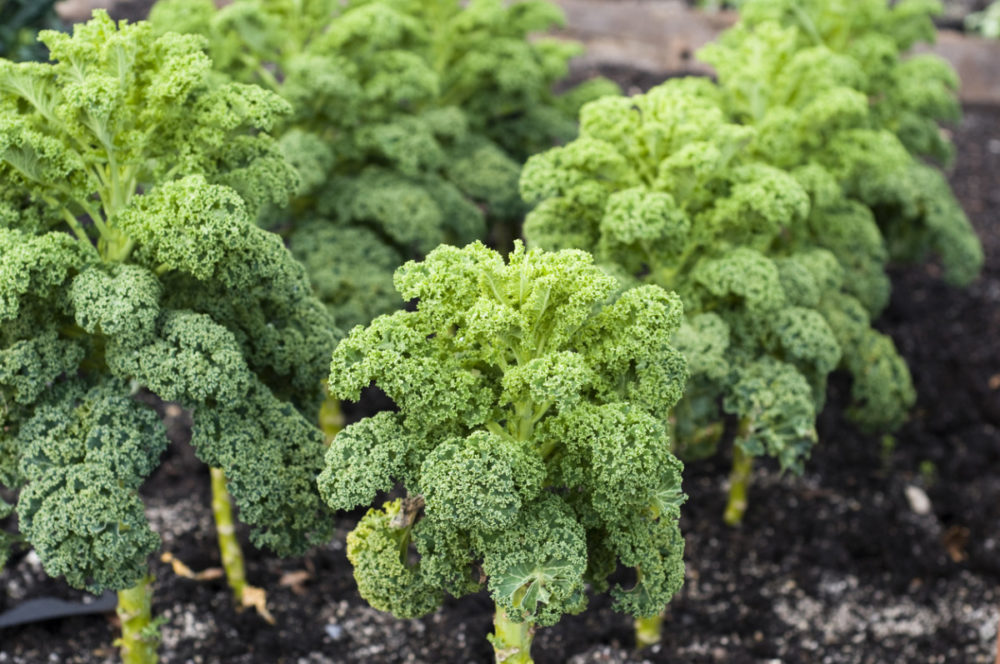
A “cut-and-come-again” plant, kale’s young and tender leaves can be culled continually throughout the growing season once the plant is about 2 inches tall.
Avoid picking the central bud, since this keeps kale growing and productive.
10. Bok Choy – 30 to 45 Days
Bok choy – also known as pak choy and Chinese cabbage – is a cool weather vegetable that is best planted in spring and fall.
Baby leaves can be harvested in a month, or you may wait a couple more weeks for full-sized bok choy heads.
11. Turnips – 30 to 55 Days
Ready to harvest in less than two months when grown for its large bulbs, gardeners can also choose to pluck turnips from the soil early for a sampling of tender, sweet, mild-tasting roots.
When turnip greens reach a diameter of about 2 inches, they can be topped as well and added to fresh salads.
12. Beets – 35 to 60 Days
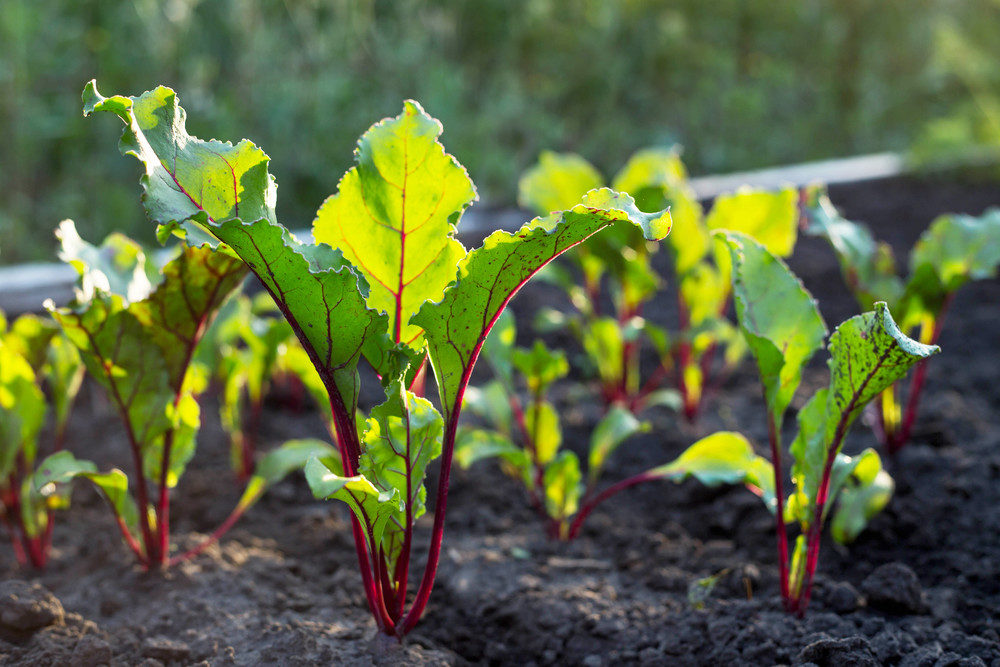
With edible bits above and below the soil, red beet cultivars produce nutritious greens that are ready to be picked about a month after sowing.
Beet leaves can be eaten raw or cooked, but only snip off a leaf or two from each plant so as not to impede root production.
When beet shoulders begin to protrude from the soil, after another month, it’s time to pull the plant from the ground.
13. Zucchini – 40 to 50 Days
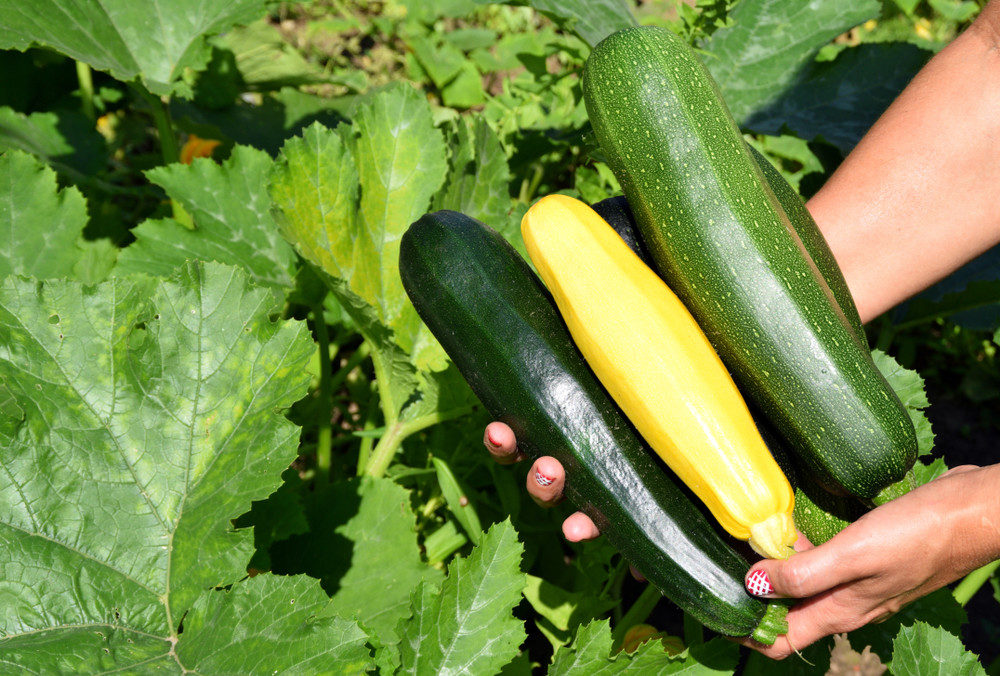
A true bumper crop, a single zucchini plant will produce between 6 to 10 pounds of fruit each season.
Once zucchini begins to flower, fruits will be ready to harvest in about 4 to 8 days.
For fast results, plant “Eight Ball”, “Seneca”, “Gold Rush”, or “Spacemiser” varieties.
14. Bush Beans – 40 to 55 Days
A good choice for the beginner gardener, bush beans are low maintenance and easy to grow.
Unlike pole bean varieties, they do not require the support of a stake or trellis, and will spread up to two feet. Plant new seeds every two weeks for staggered harvests.
15. Broccoli Rabe – 40 to 60 Days
A distant cousin to broccoli proper, rapini – or broccoli rabe – is actually closer to the turnip and mustard families.
With leafy shoots surrounding a cluster of green buds on thick stems, all parts of broccoli rabe are edible and can be eaten raw in salads, sautéed with garlic and oil, or boiled in soups.
Plant “Quarantina” or “Sessantina” varieties for a quicker harvest.
16. Swiss Chard – 45 Days
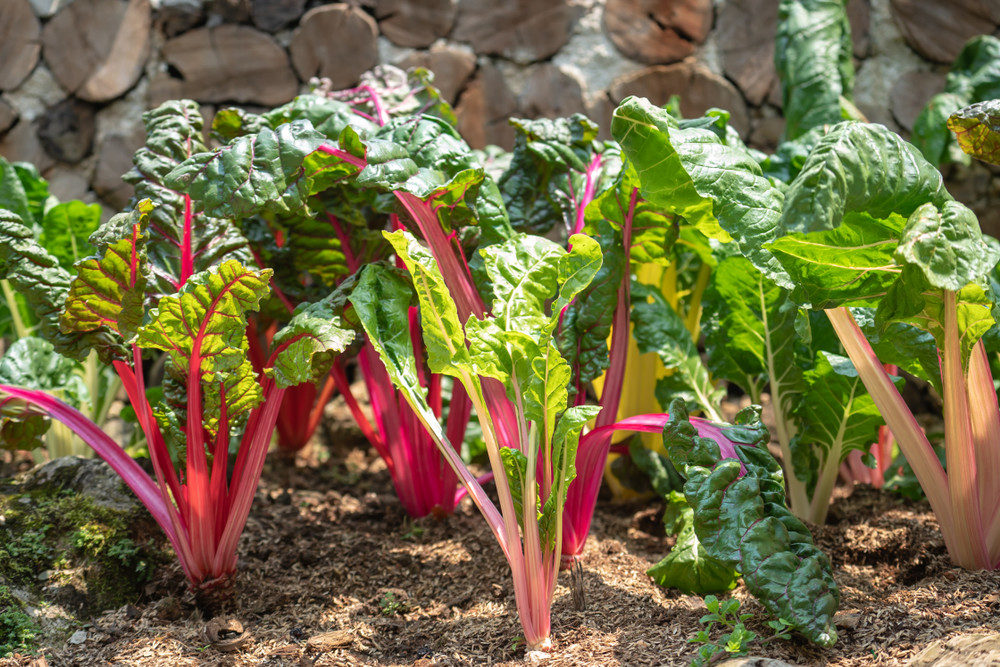
A member of the beet family, Swiss chard can be harvested throughout the season by cutting off the outer leaves when they are about 3 inches long and are still young and tender.
In addition to using the fresh leaves in salads, you can cut Swiss chard stems from the leaf and cook them like you would asparagus.
17. Baby Carrots – 50 Days
Pint-sized varieties like “Little Finger” and “Thumbelina” are faster growing than other carrot cultivars, and because of their short stature, they can be easily grown in a container garden.
18. Cucumber – 50 Days
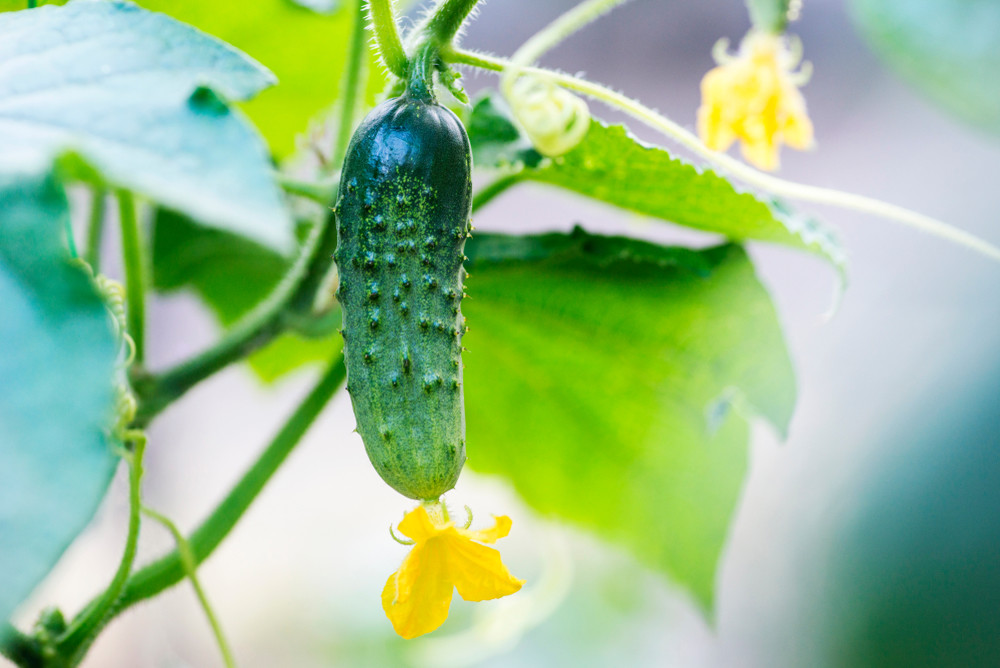
Since cucumbers become bitter with age, it’s best to pick them while they are immature, and well before they begin to yellow.
Faster growing varieties include fresh slicing types like “Bush Crop”, “Straight 8”, and “Sweet Success” as well as pickling cultivars such as “Bush Pickle”, “Carolina”, and “Calypso”.
Be sure to harvest cucumbers frequently as leaving the fruit on the vine (or bush) will exhaust the plant and slow the production of new cukes.
Pin This To Save For Later
